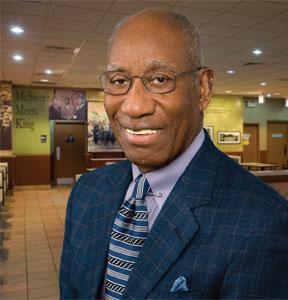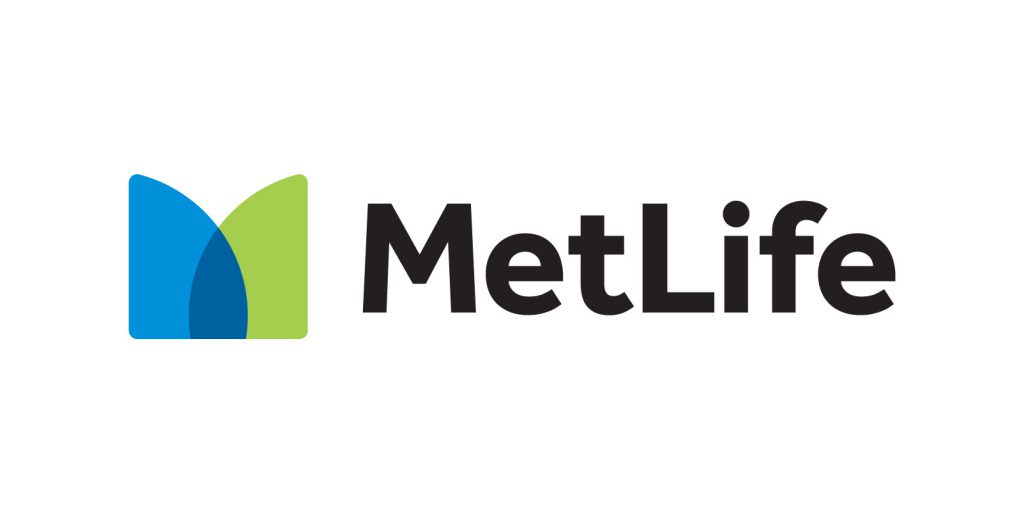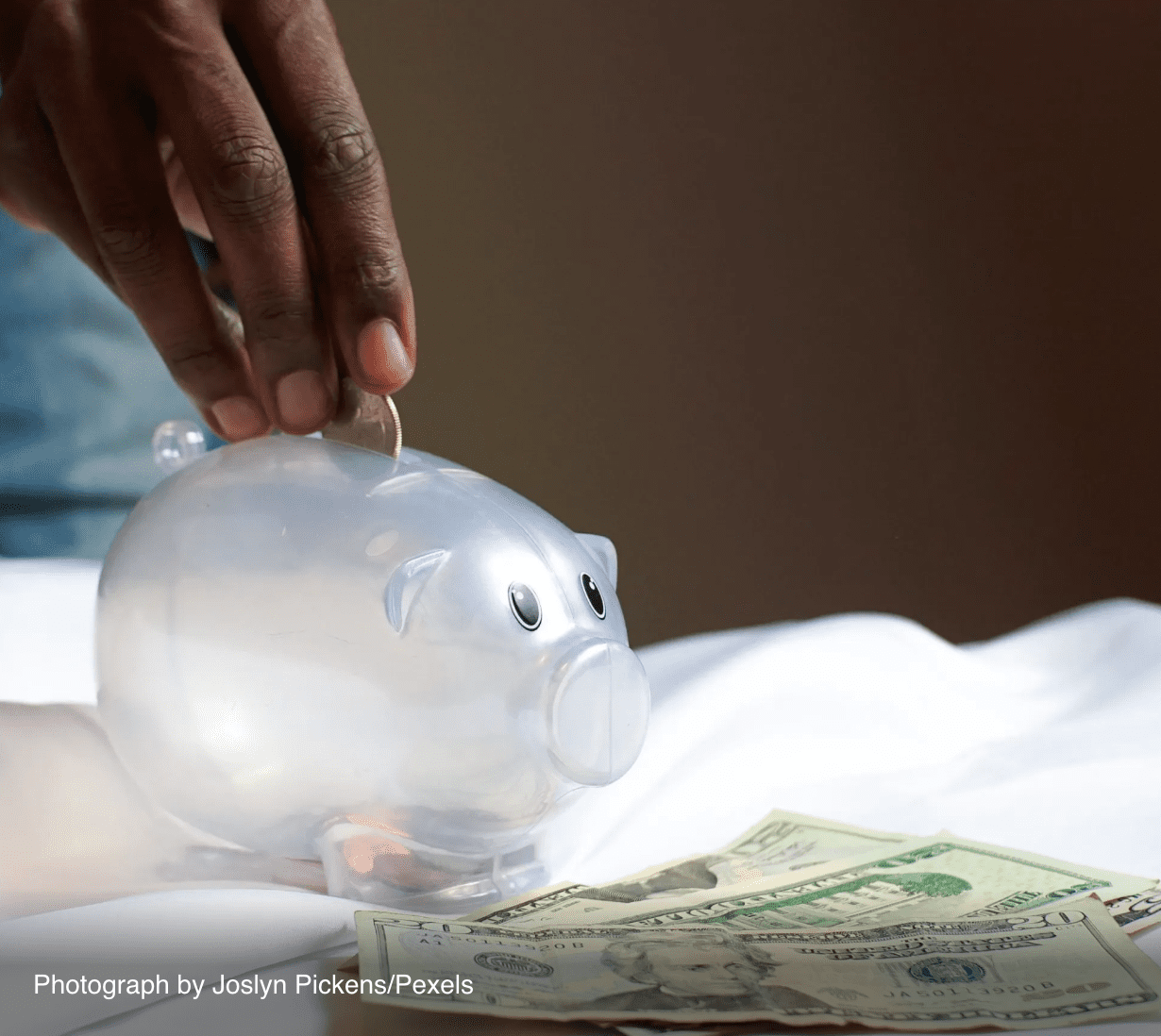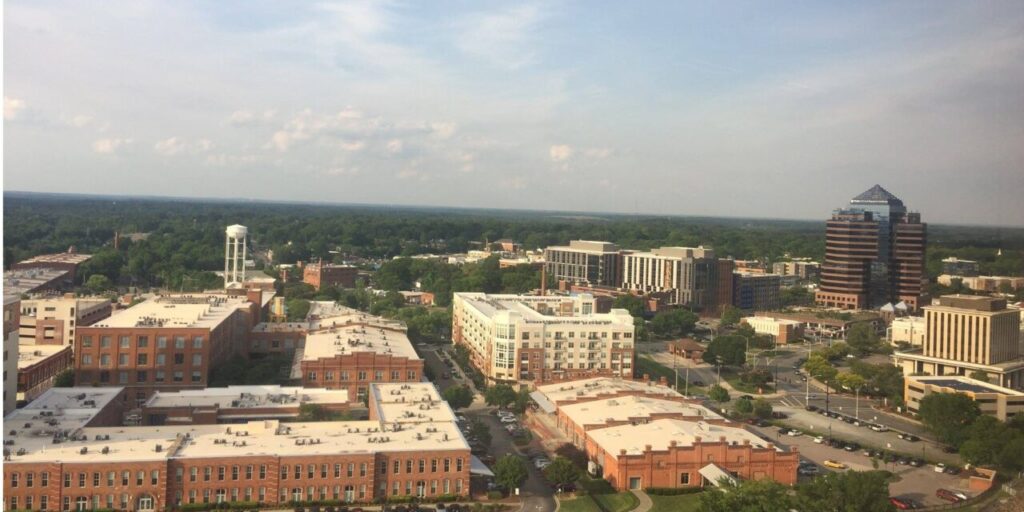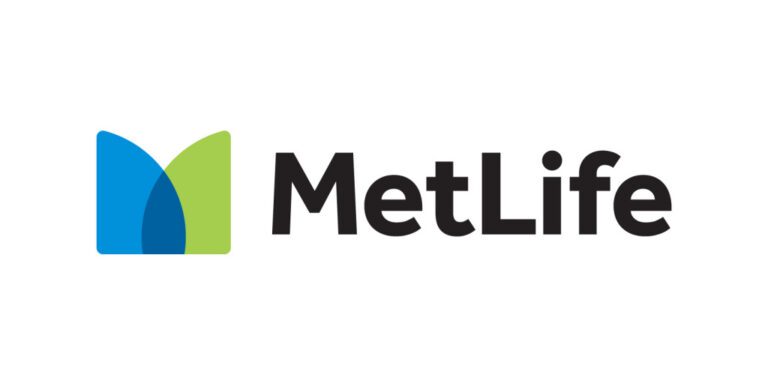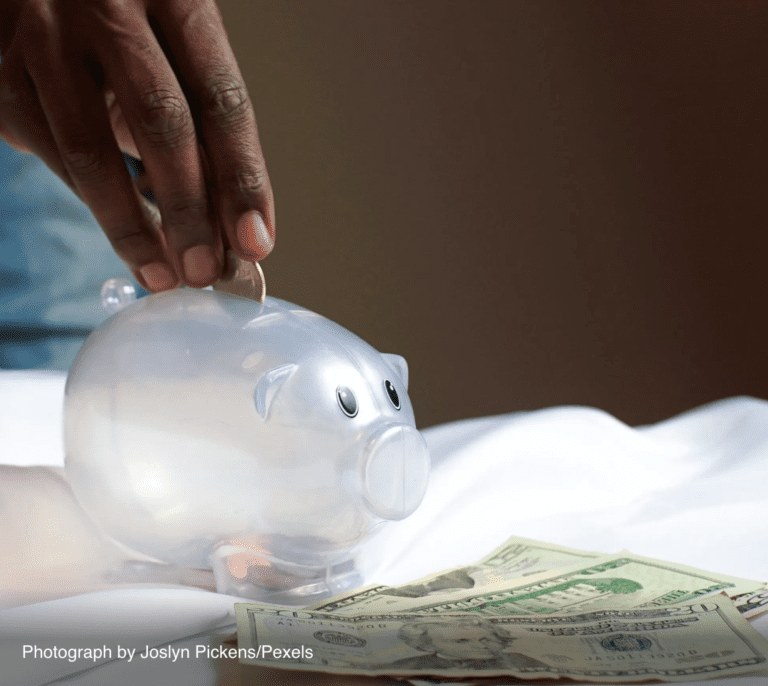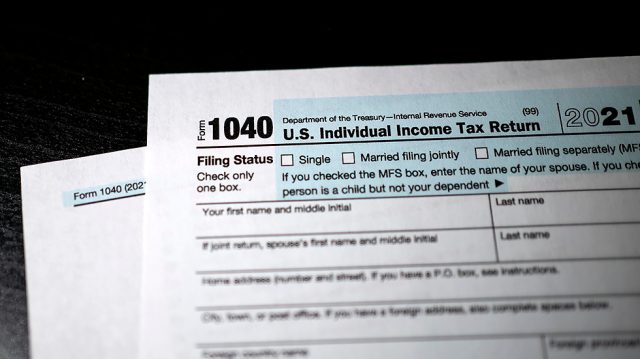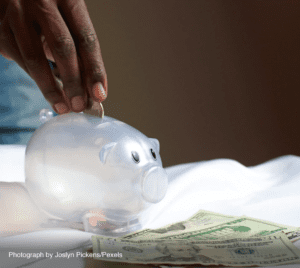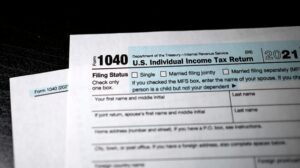It’s a shame about NC Mutual Life – fondly referred to in the African-American community as “The Mutual.” That descriptor is correct – it’s the Mutual. The one, the only and soon it will be referred to only in the past tense. NC Mutual entered receivership in 2018. Like bankruptcy, receivership (or “rehabilitation”) is a status that means the end is near. The NC Department of Insurance takes over.
The company will be liquidated in the coming months and an epic and impossible journey in American business history will end with a whimper, not a bang.
In the latter 20th Century and in the 21st Century, The Mutual was never a well-rated carrier, its operations always lagging behind — whether it was facility management, use of technology or internal controls in pricing and underwriting its risk. My husband worked for The Mutual in the early to late-2000s. When I’d call him at the office a person would answer the phone … at the switchboard and she would connect us. That ended around the time Barack Obama was elected President.
In the late 1970s, when I was newly transplanted into North Carolina, I worked at Home Security Life Insurance Company, then located across the street from The Mutual in the building that subsequently housed the Durham Police Department for many years. At that time Home Security employees had only 30 minutes for lunch, so it was either a sandwich brought from home or the much better choice – walking across the street to the cafeteria at The Mutual.
That wonderful cafeteria was open to the public and, since we were neighbors, we were welcomed and well fed. Collard greens, mac & cheese and don’t get me started about the chicken. That’s my first experience with NC Mutual. Hospitality, warmth and very reasonable pricing. I was a grunt at Home Security – working in the basement as a microfilm clerk, so yeah – a great meal for less than $5.00 was okay for me.
The company itself is not a story of eventually failing, but rather the sheer miracle that it came to exist, provide more than a century of service to an otherwise ignored population, worked around the “Black codes” and Jim Crow and built a base of power that W.E.B. Du Bois advocated for and admired when he visited Durham and The Mutual.
This independence was essential for The Mutual, including this – the cafeteria operation for this company was vital to its success. The employees working at the home office could not eat in Durham’s restaurants, so they stayed right there on Chapel Hill Street and had a meal that was likely better than any restaurant in town.
The end of this institution marks the end of a business picture that includes an employee glee club in the 1920s and 30s, a picture of all company executives who were all male, but also all African American. When its iconic downtown Durham building was dedicated in 1966, it was the sitting Vice-President Hubert Humphrey who helped cut the ribbon.
The behemoth AIG was determined to be “too big to fail” when its mismanagement caused it to require a $150 billion bailout from the US Government, avoiding bankruptcy. The Mutual was, financially, “not too big to fail,” but this institution was so much more than its balance sheet. Against every imaginable obstacle, it was created in 1898 and did succeed for more than 120 years.


